The Perfect Recipe? Ingredient Combos DO's and DON’Ts
As skincare junkies, I’m sure we all own a number of products, each promising to target our different skin concerns. Though you may need a range of ingredients to address particular concerns, we have to do a bit of chemistry 🧑🏻🔬 This ensures our skincare routine doesn’t do more harm than good. So, before you get caught up in the excitement of trying out your newest purchase, you need to know if some ingredients combos are a match made in heaven, or a recipe for skincare disaster.
The Do’s ✅
Hyaluronic Acid + Glycerin = Enhanced Hydration

If your skin has become more prone to dryness as the weather gets colder, this ingredient combination might just do the trick 💦 Hyaluronic Acid attracts water from the atmosphere to improve water retention. Glycerin boosts this process by not only drawing water from your surroundings, but from deeper levels of the skin to replenish your skin’s outer layer. If they both work for you, there’s no need to choose! These two humectants are a real power duo for intense moisturising and skin resilience, making them ultimate hydration boosters. You can find both ingredients in Rovectin Gentle Cleansing Gel 🫧
Retinol + Peptides = Slow-Aging

Retinol is a highly potent, pure form of vitamin A that is often touted as the secret to anti-aging. However, this also means that even if you have built your skin’s tolerance of retinol, irritation can still happen. Because of this, Peptides are a great addition to a retinol-inclusive skincare routine, providing soothing properties that can alleviate the irritation. Peptides not only soothe, but complement retinoids with their anti-aging capabilities creating a duo that is highly efficient in firming fine-lines and strengthening the skin barrier.
The Don’ts ❌
Retinol and AHAs
 Byrdie
Byrdie
On the other hand, there are a few ingredients, Retinol should not be mixed with. When retinol seeps into the skin, it becomes retinoic acid. AHA is an abbreviation for Alpha Hydroxy-Acids. This means that when combined, you are using two different acids on your skin. Both of these ingredients disrupt the skin barrier, which means their simultaneous use may cause over-exfoliation. This could very easily irritate your skin, resulting in redness, sensitivity or even dryness. But that doesn’t mean you can’t use them at all - if you want the benefits of both these ingredients, take some time to plan out your skincare routine and alternate the days you use each.
Glycolic Acid and Niacinamide
 re'equil
re'equil
Niacinamide can be a real skin-saver, but because its success requires users to maintain a neutral pH level, it can be tricky to navigate. Glycolic Acid has a much lower pH, and its acidity will most likely wipe out the Niacinamide before it can start to work. Therefore, a combination of the two is likely to reduce both of their effectiveness and should be avoided. Because these are both strong ingredients, depending on skin sensitivity and concentration, such a combination also poses the risk of irritation. Unlike retinol and AHA, though, it is generally safe to use these products after a 30 minute wait rather than a full day later.
Skincare is a tricky game, and it takes more than adding one product to your routine to clear up your skin. That’s why a good combination is so special - the ingredients work synergistically to enhance and support one another's effectiveness, going above and beyond what they offer alone! In the process of discovering your perfect recipe, some experimenting is required, and we’re here to make that experiment just a little easier. Good luck, Beauties xx











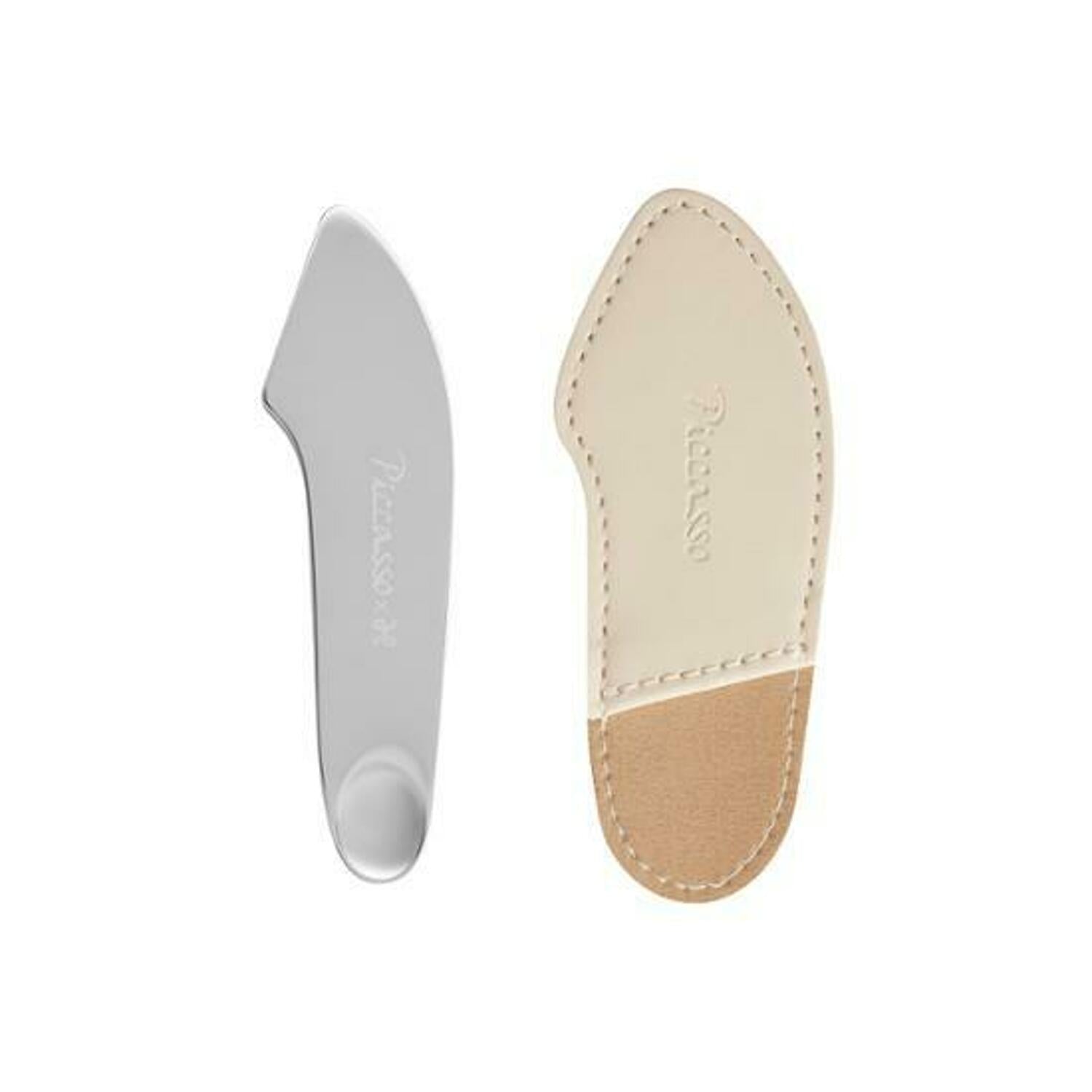
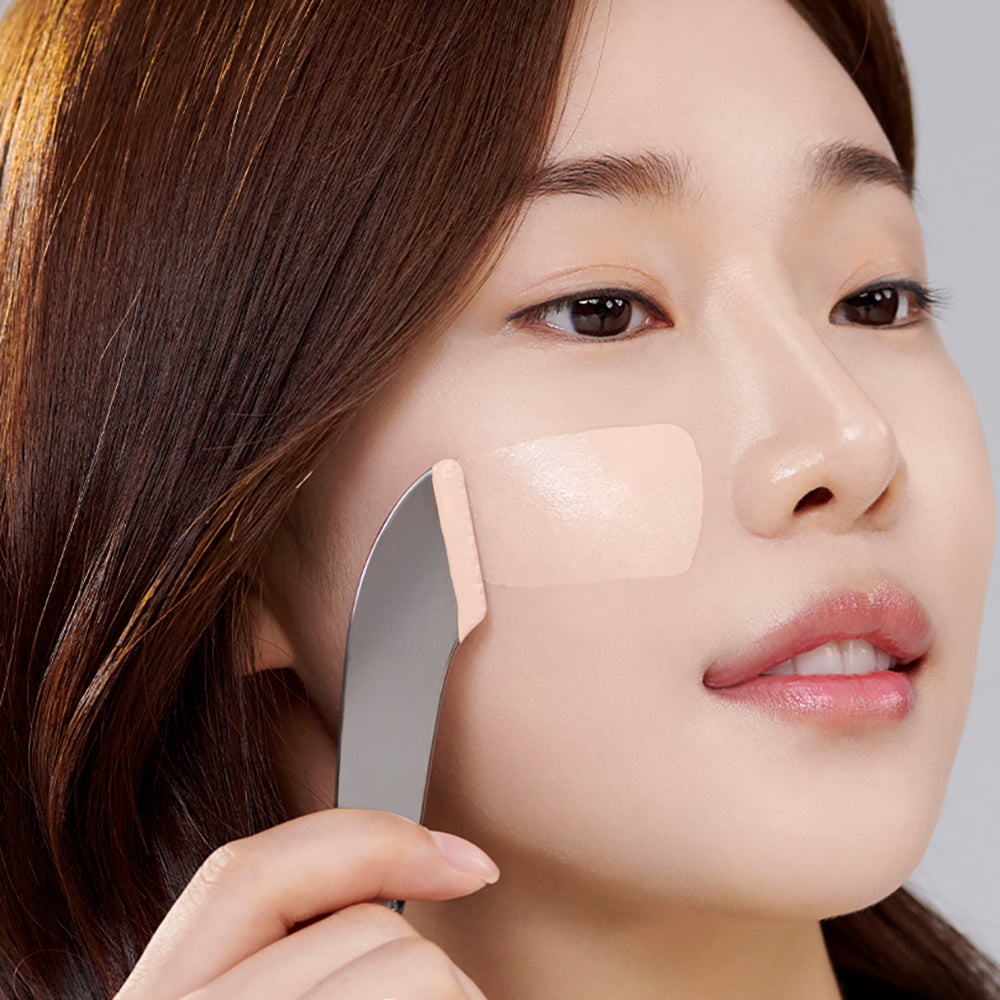


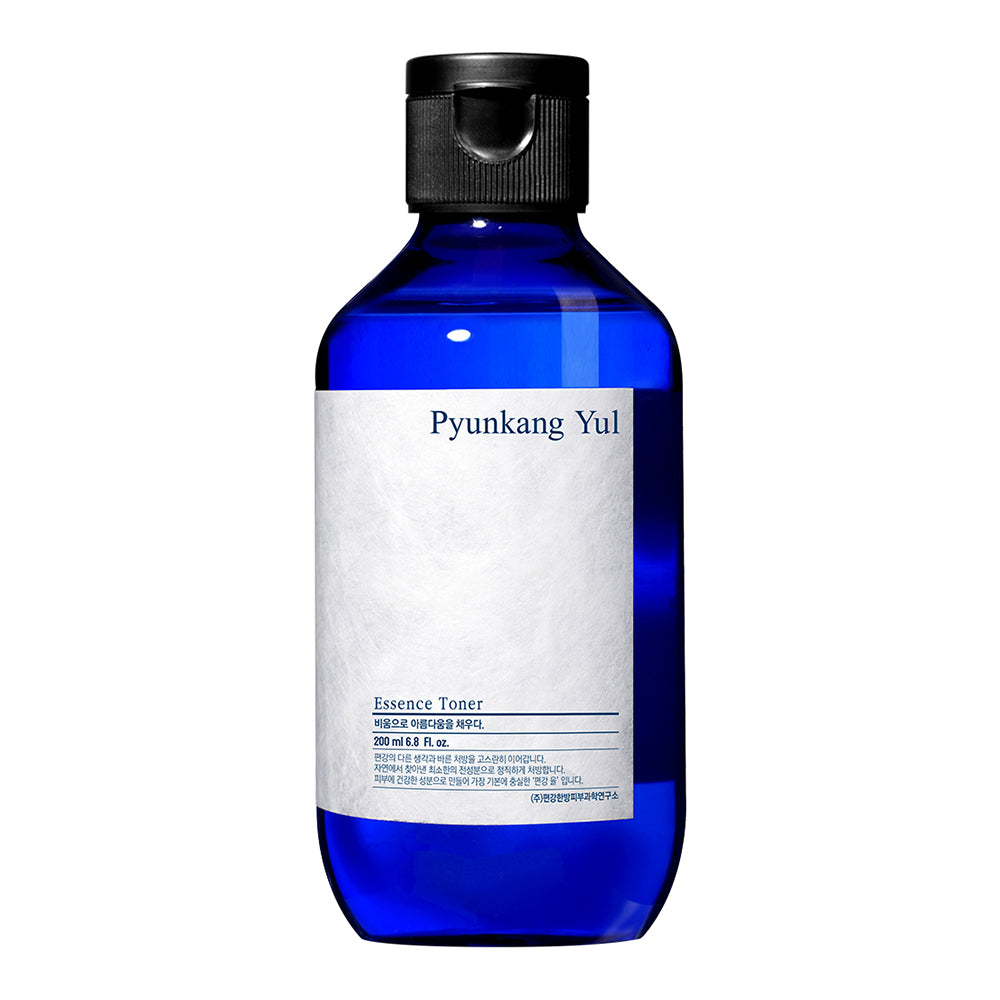


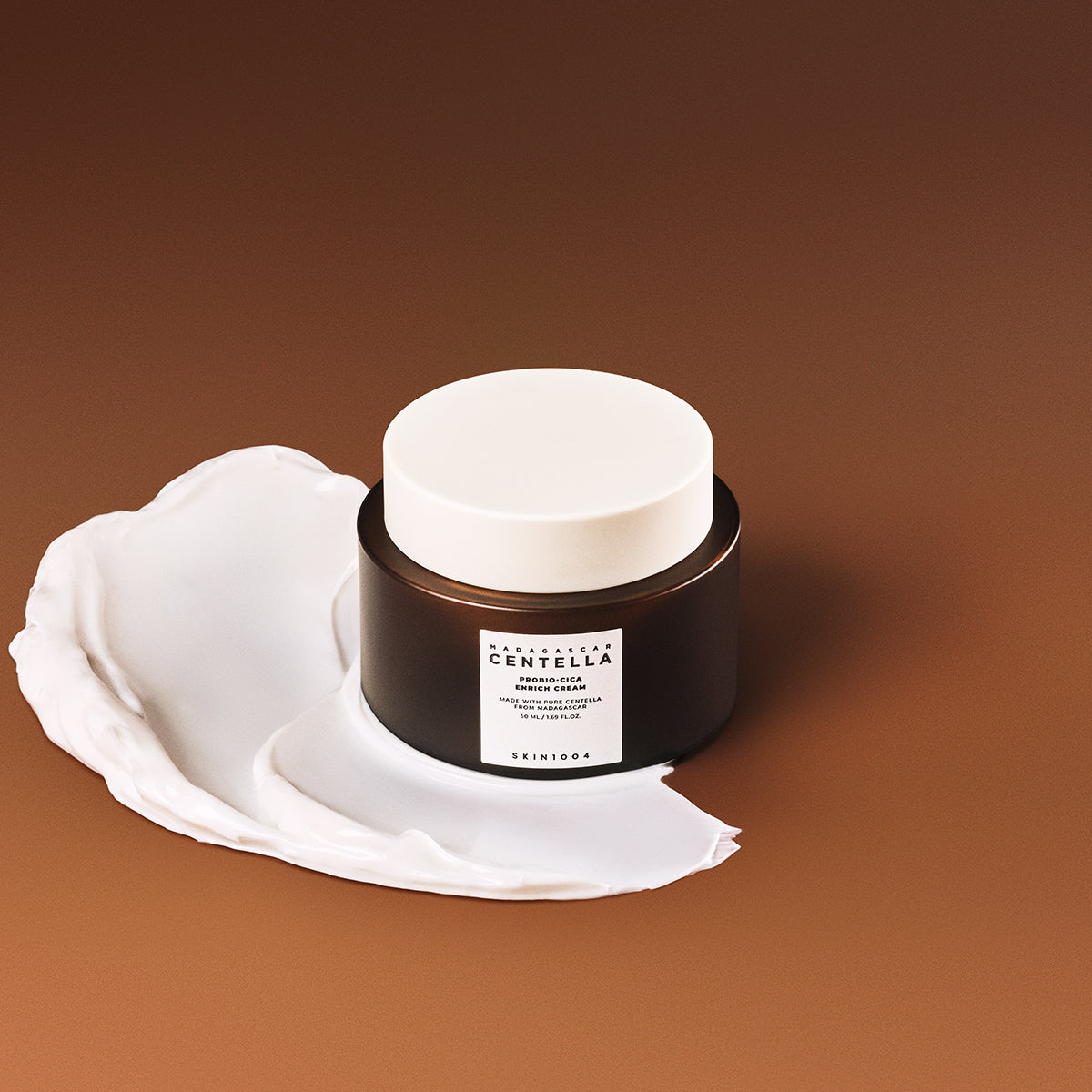
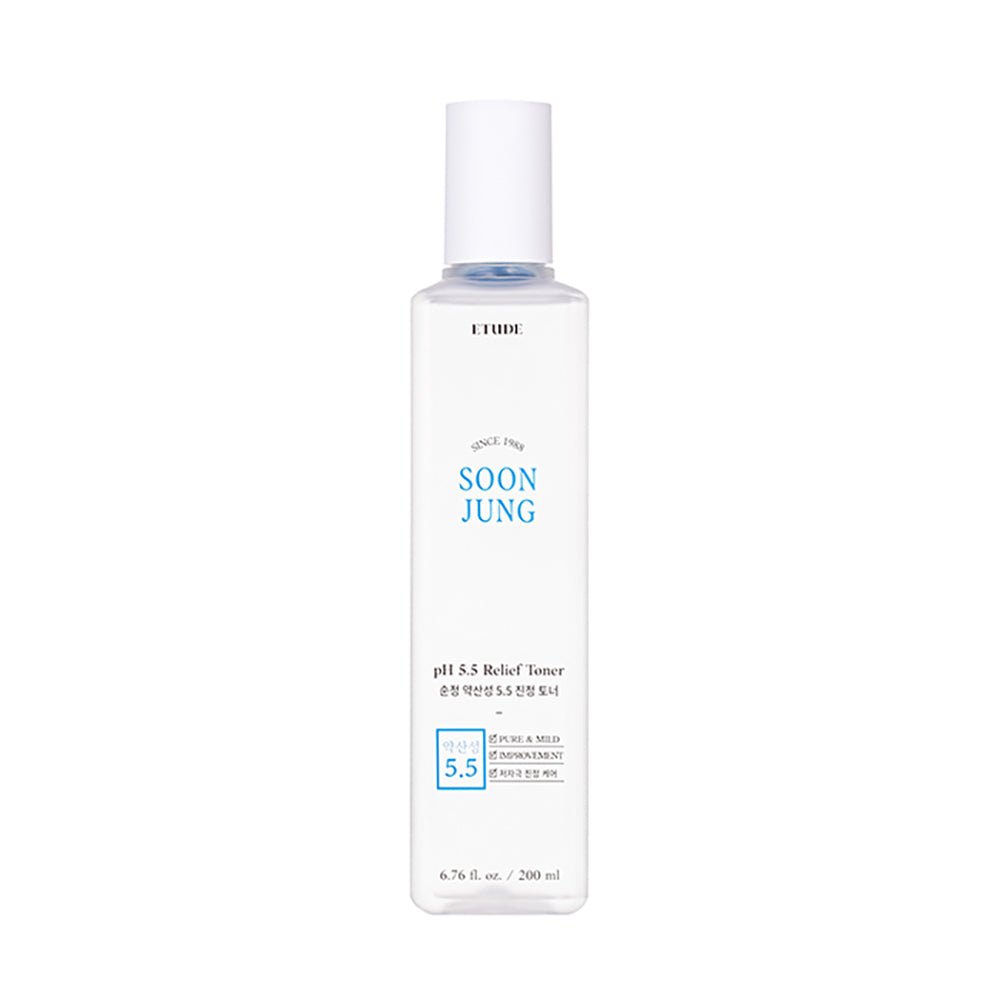
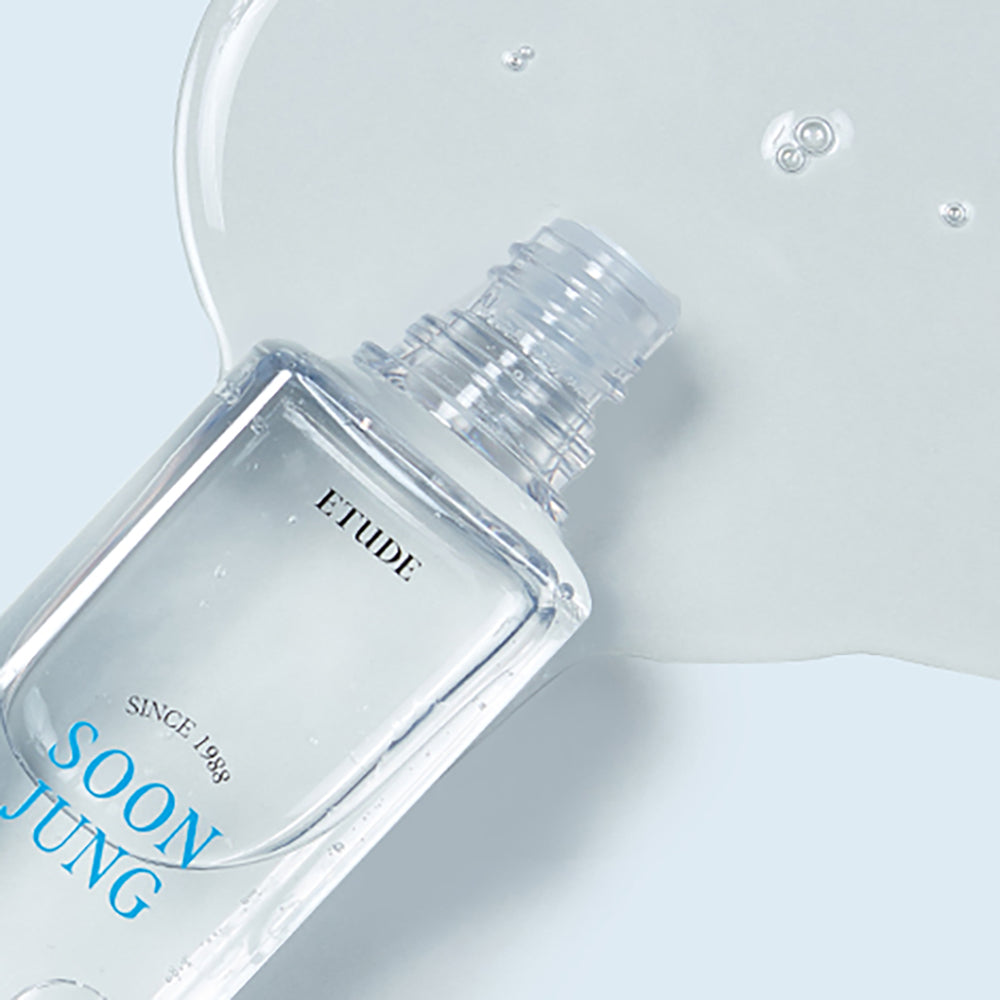

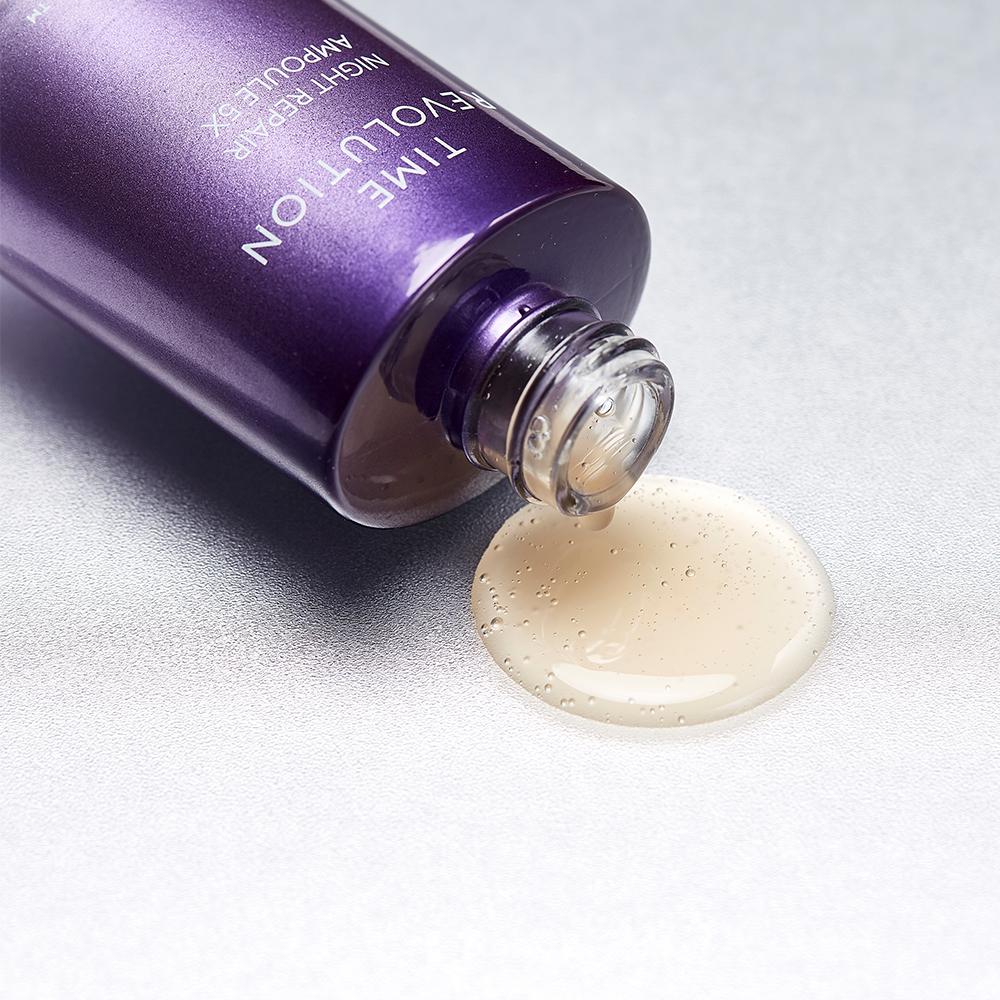
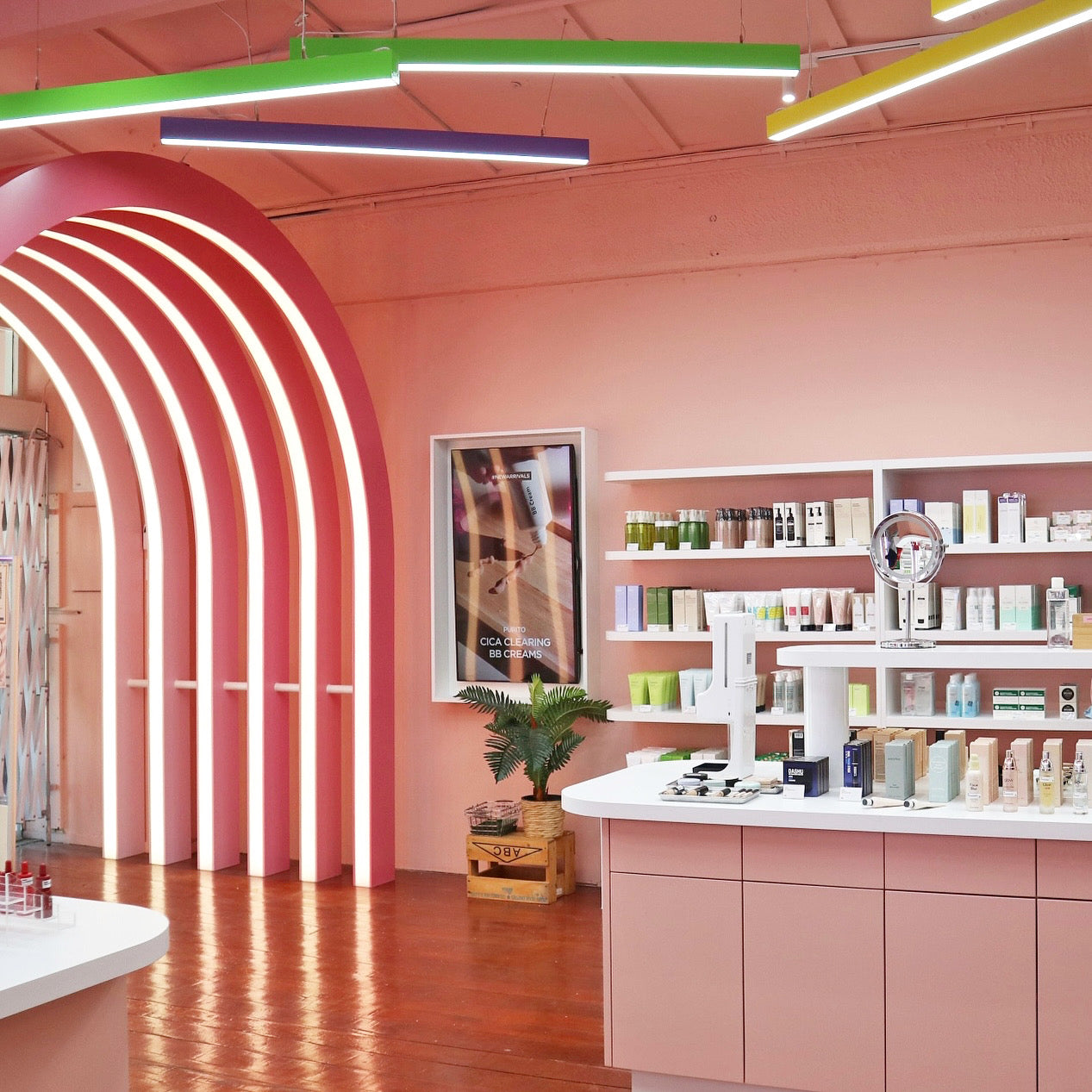
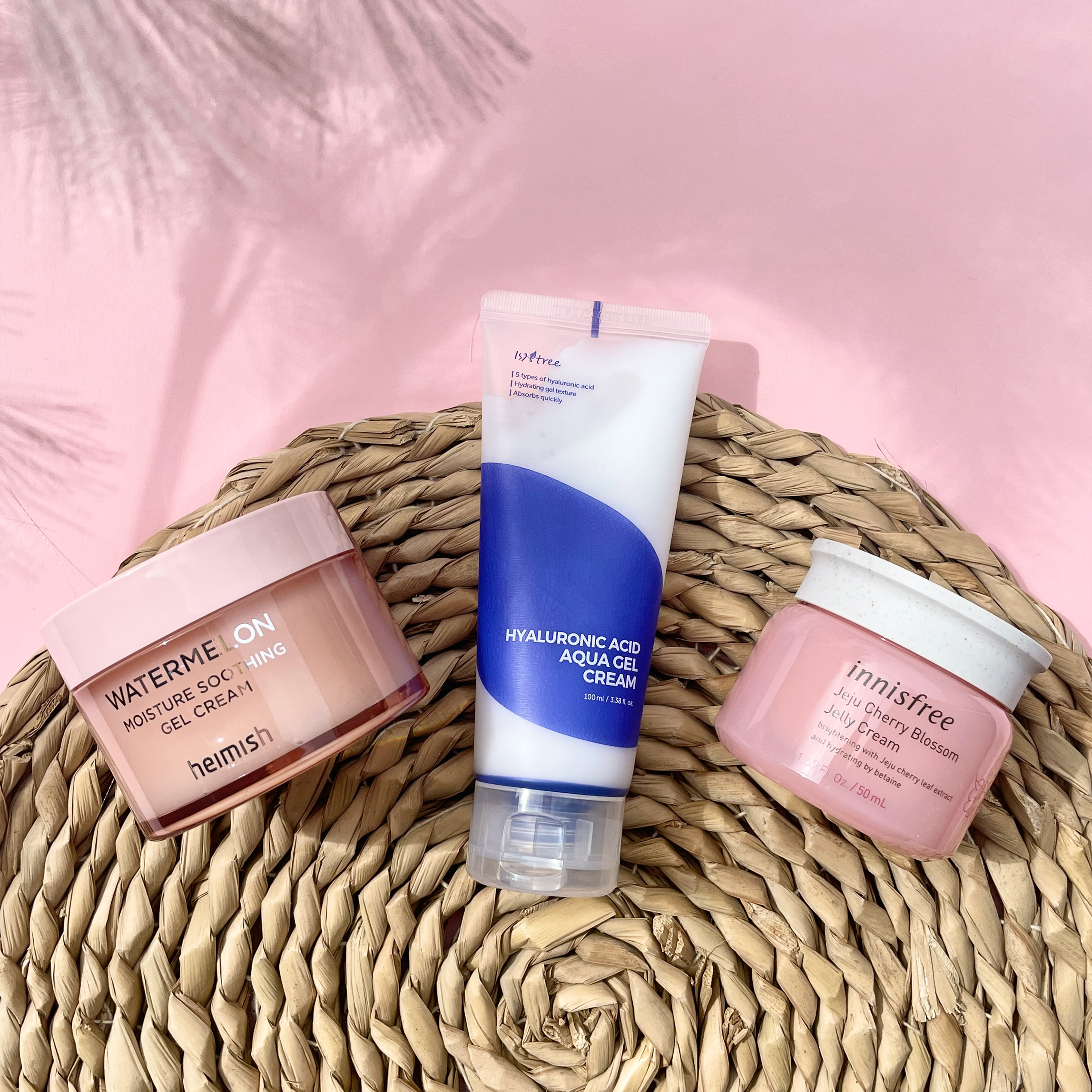
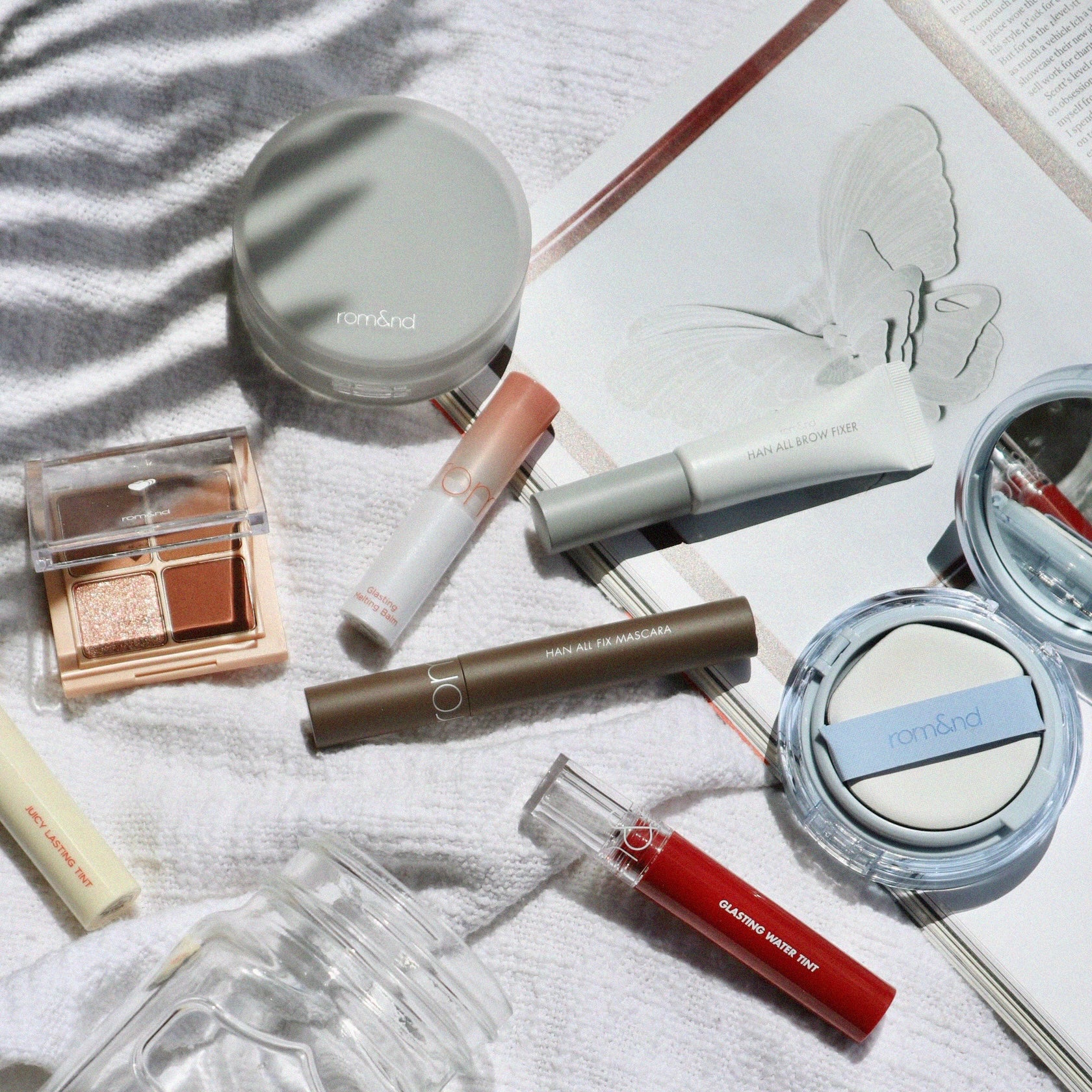
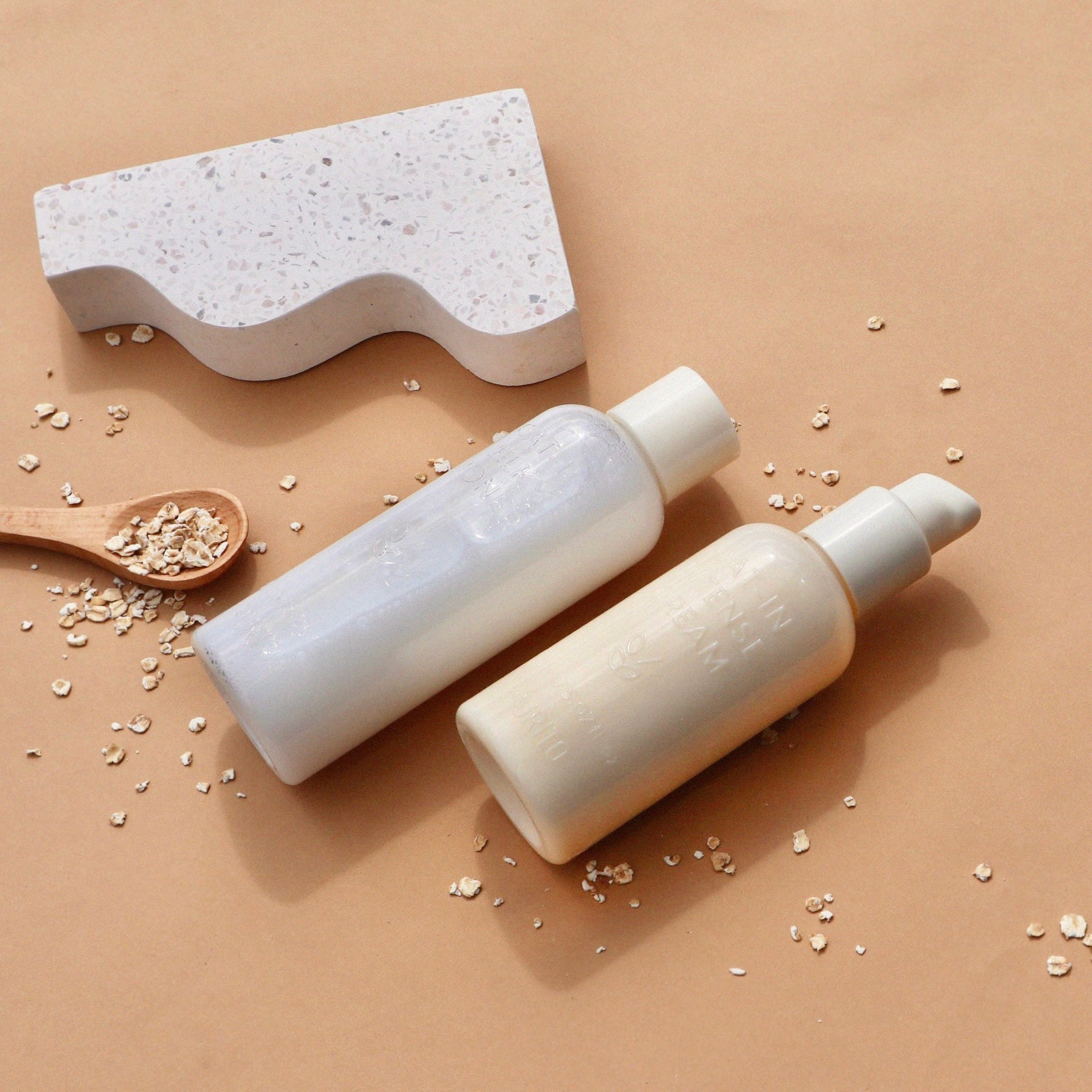
Leave a comment